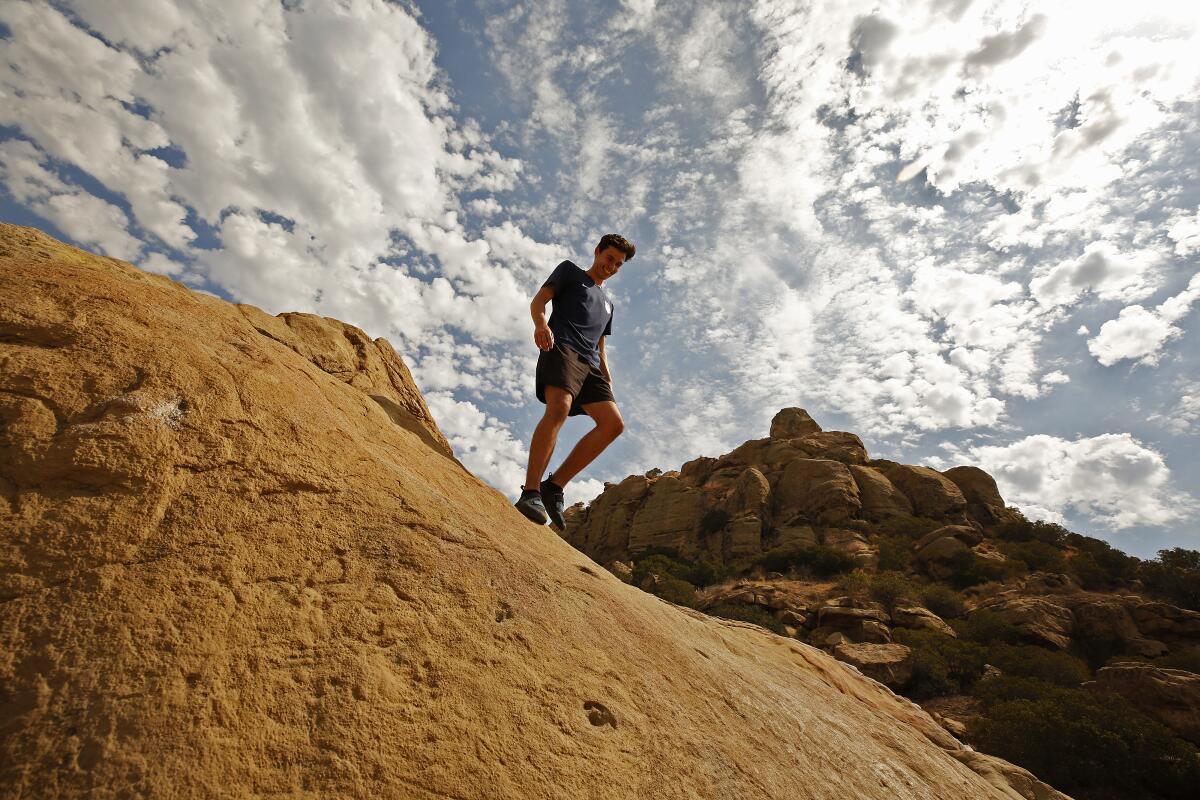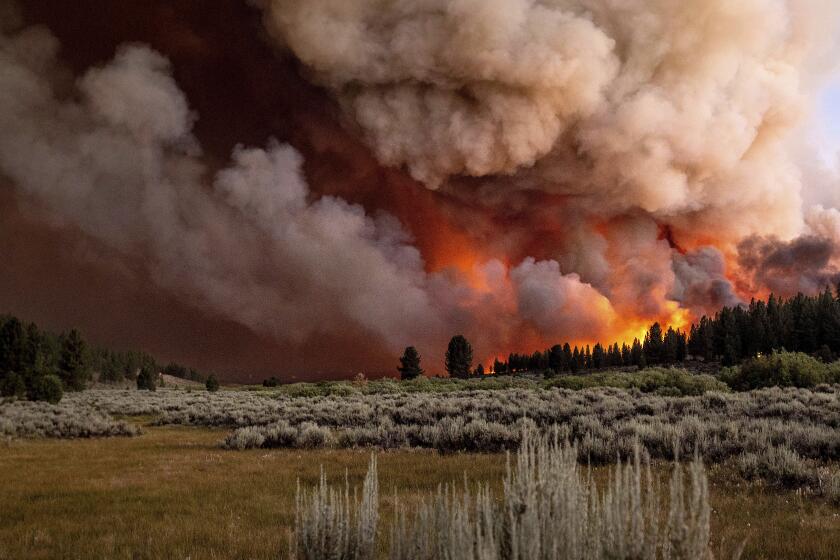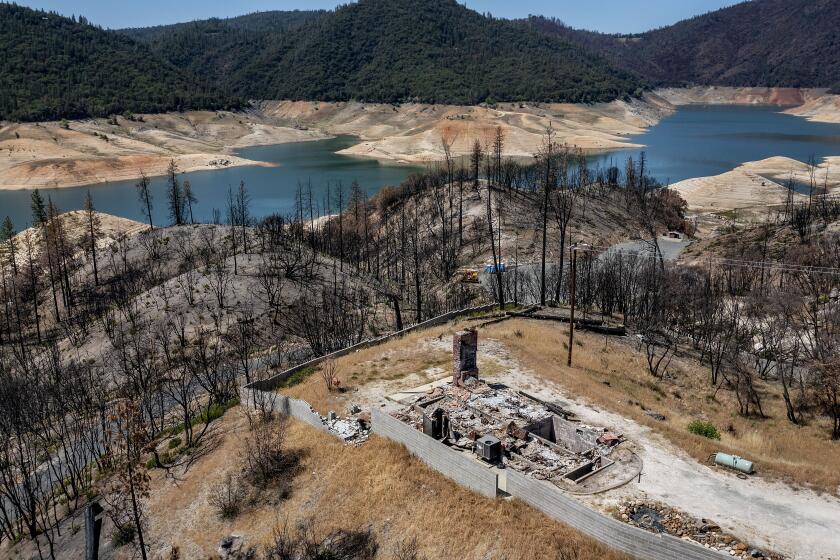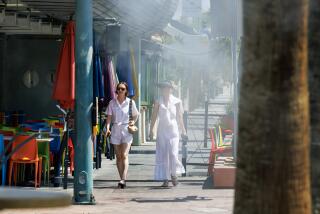Blistering heat wave sets record temperatures across California

A blistering heat wave set new record high temperatures across California on Saturday — including 120 degrees in Palm Springs — and authorities urged people to conserve electricity as the extreme conditions continue to tax the state’s power grid.
State energy officials announced a Flex Alert, asking residents to conserve power Saturday evening due to wildfire threats. Temperatures spiked throughout the afternoon, shattering records in inland and valley areas.
Palm Springs and Borrego, which reached 118 degrees, both broke records for July 10. Palmdale Regional Airport hit a new high for the day at 112 degrees and the Lancaster Airport tied its record of 113 degrees, according to the National Weather Service.
In central California, the Paso Robles Airport tied its previous 1961 record of 114 by 3 p.m., officials said.
Northern California saw scorching temperatures as well, with Redding reaching 114 degrees and downtown Sacramento hitting 111 degrees. Amid the intense dry heat the Sugar fire, one of two wildfires sparked by lightning in the Plumas National Forest north of Sacramento, had spread to more than 54,000 acres by Saturday and was only 8% contained, officials said.
Fueled by a heat wave that exacerbated already hot, dry conditions, the Sugar fire made a huge run Friday, triggering new evacuations for portions of Plumas and Lassen counties.
In response to another growing wildfire in southern-central Oregon that is affecting transmission lines used to import energy to California, Gov. Gavin Newsom on Saturday signed an executive order to free up additional energy capacity.
Newsom’s order allows the emergency use of auxiliary ship engines to relieve pressure on the state’s electric grid, according to a statement from the governor’s office. Since last summer, state energy agencies have required utilities to procure additional energy resources to meet forecasted demand during extreme weather.
The rapidly rising temperatures have made it difficult for forecasters to keep up.
Death Valley was expected to reach record-breaking temperatures Sunday of 130 degrees, which equals the hottest temperature recorded on Earth in nearly a century. But that record came two days early, on Friday afternoon.
Meanwhile, excessive heat warnings remain in place throughout the state, including the Antelope, Coachella, Apple and Lucerne valleys, until 8 p.m. Monday.
Coastal cities enjoyed relief with cool breezes from an onshore flow. Temperatures stayed in the mid 80s.
Downtown Los Angeles hit 85 degrees, Long Beach was 83 degrees and Woodland Hills was 96 degrees, a couple degrees above average for this time of year, though it may have felt hotter, said David Goldberg, NWS meteorologist.
“The thing I think people were feeling was that it was a little bit more moist today” in those areas, he said.
State leaders in climate change and water resources warn that California’s drought is already causing dire conditions for people, plants, animals and land.
In the mountains and deserts, however, low humidity of between 10% and 15% and gusty winds created an elevated fire risk.
Extreme temperatures are expected to persist in the mountains and deserts through Monday, continuing to break records in areas where there are heat advisories.
“We do see a little break starting as early as Tuesday. But it’s still going to be hot,” Gomberg said. The Antelope Valley, for example, is expected to stay between 105 and 108 degrees.
More record heat is on tap for Sunday. But forecasters said a noticeable cooling will come Wednesday as temperatures decline across the region throughout the week.
More to Read
Sign up for Essential California
The most important California stories and recommendations in your inbox every morning.
You may occasionally receive promotional content from the Los Angeles Times.













